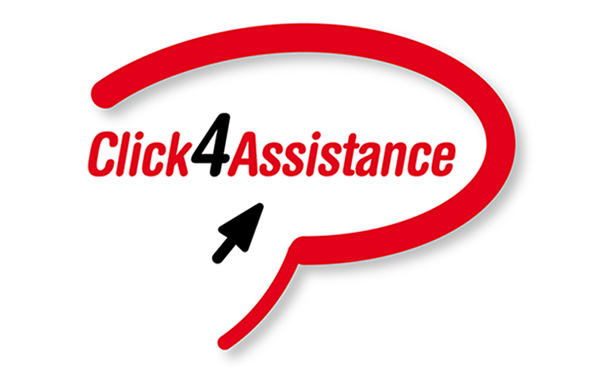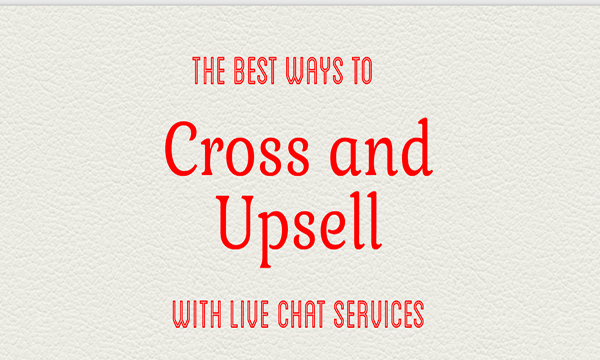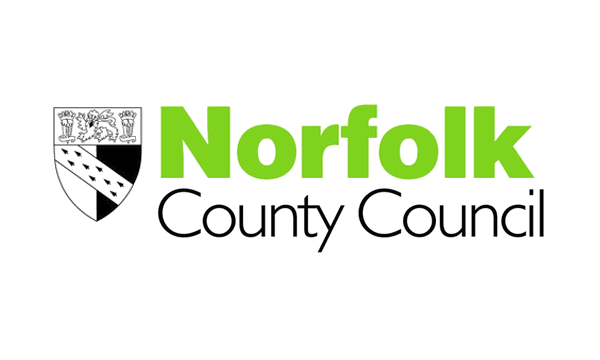Click4Assistance presents - Landing Page Optimisation Tips

Landing pages are the gateway into your site and the first impression a visitor receives when they land from a PPC, Social Media or offline marketing campaign.
Their importance should be underestimated at your peril, whilst constant tweaking and development will help maximise their return. Knowing were to start when developing an existing landing page or designing a new one can be difficult, so we’ve run through some best practice tips.
Think About Copy Detail
A good place to start with landing page optimisation is the wording and layout of your text. Is there enough detail to provide visitors with the information they need to follow your call to action? Whether it’s a simple email sign-up or more detailed product purchase, this is vitally important. The page should be simplistic and clear to help drive the conversions, but your message is designed to elicit a response from the visitor and needs to provide strong supporting information. Your text should directly support the decision to sign-up or purchase.
Think About Copy Relevance
Think about your target audience and their knowledge of your product or service. Consider their intentions or needs and ensure your pitch directly addresses them. The main message should be a clear continuation from the originating marketing material that led the visitor to your landing page. That means matching the key information in the PPC advert or email marketing. This is all centred on relevance and building a trusted relationship with the potential customer, confirming they’ve come to the right place to find that particular product they’re looking for.
Add More Landing Pages
Building more landing pages is a great way to increase efficiency and is proven to increase your lead generation. Increasing the number of pages, improves the level of individual targeting that can be achieved. Appealing to different individual’s needs and requirements allows you to build a highly relevant landing page with specific offers or information, with the overall benefit being an increased conversion rate. Consider this as a simple example. An online travel company could design very different landing pages for their Mediterranean cruises to their short city breaks, with each taking into account their visitors and any special offers.
Add Video
Introducing a video to your landing page is a great way to drive engagement and provides a wide range of benefits. By allowing visitors to watch a short video, you can convey considerably more information than would be possible with text. The visual aspect of watching a product in action is more appealing than reading and it’s a great way of presenting further information without the need to navigate away from the call to action. From a content perspective there are a host of possibilities, but featuring employees can build trust while reiterating your call to action is also recommended.
Accommodate Everyone
It’s commonly accepted that your landing pages should have one clear call to action with no distractions. Have you considered the smaller number of people who are interested, but not quite ready to commit to purchase? This is where a less prominent link to more information allows visitors to follow up their initial interest. This link should be subtle in comparison to your main call to action which should draw the visitor’s attention using colour and design.
Another option here is to include a scaled down navigation menu across the top or bottom of the landing page. Of course it’s good practice to remove all distractions from your call to actions and navigation menus are usually sacrificed. However, it can be frustrating from a user experience perspective if no menu options are available. Don’t forget just how useful A/B split testing can be with landing pages, and it will help refine changes and produce the best results.
If you have enjoyed these tips, you can check out our other blogs right here, or find us on Twitter and Facebook






















